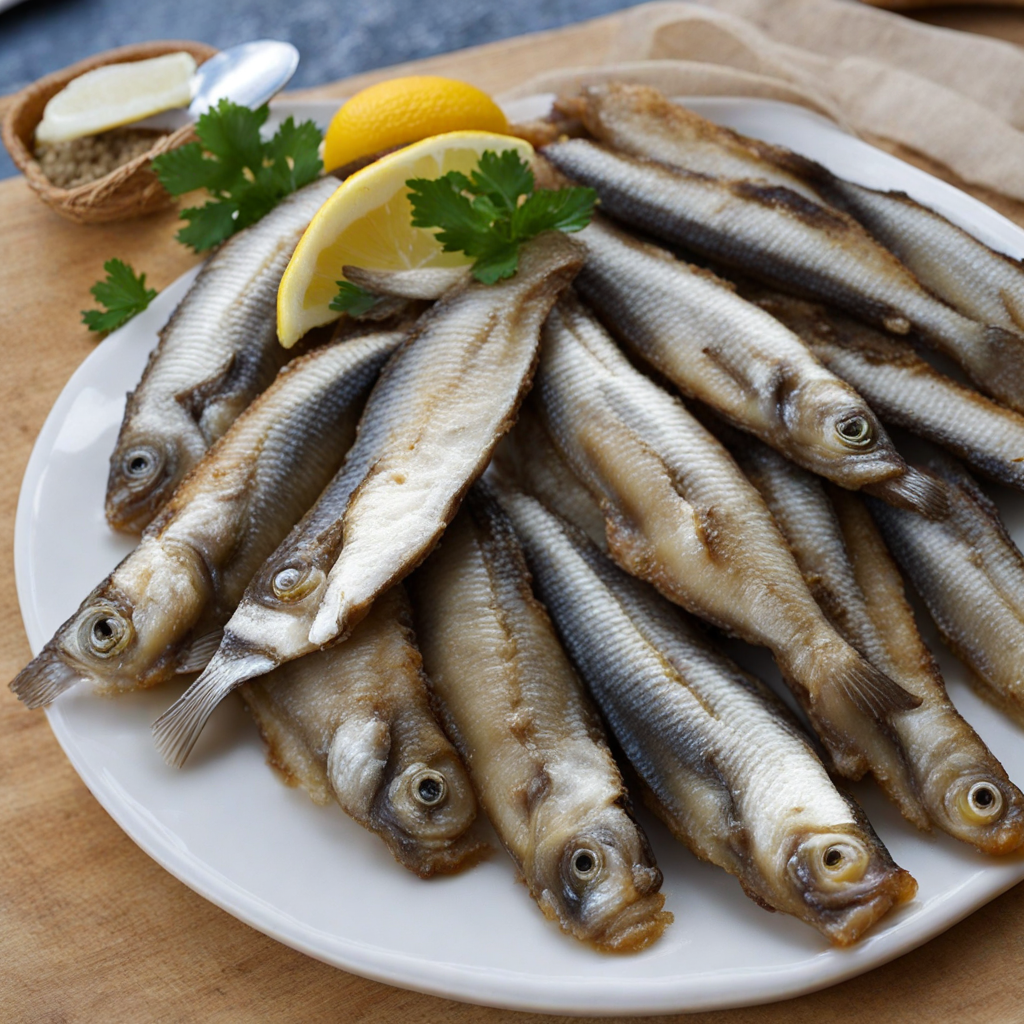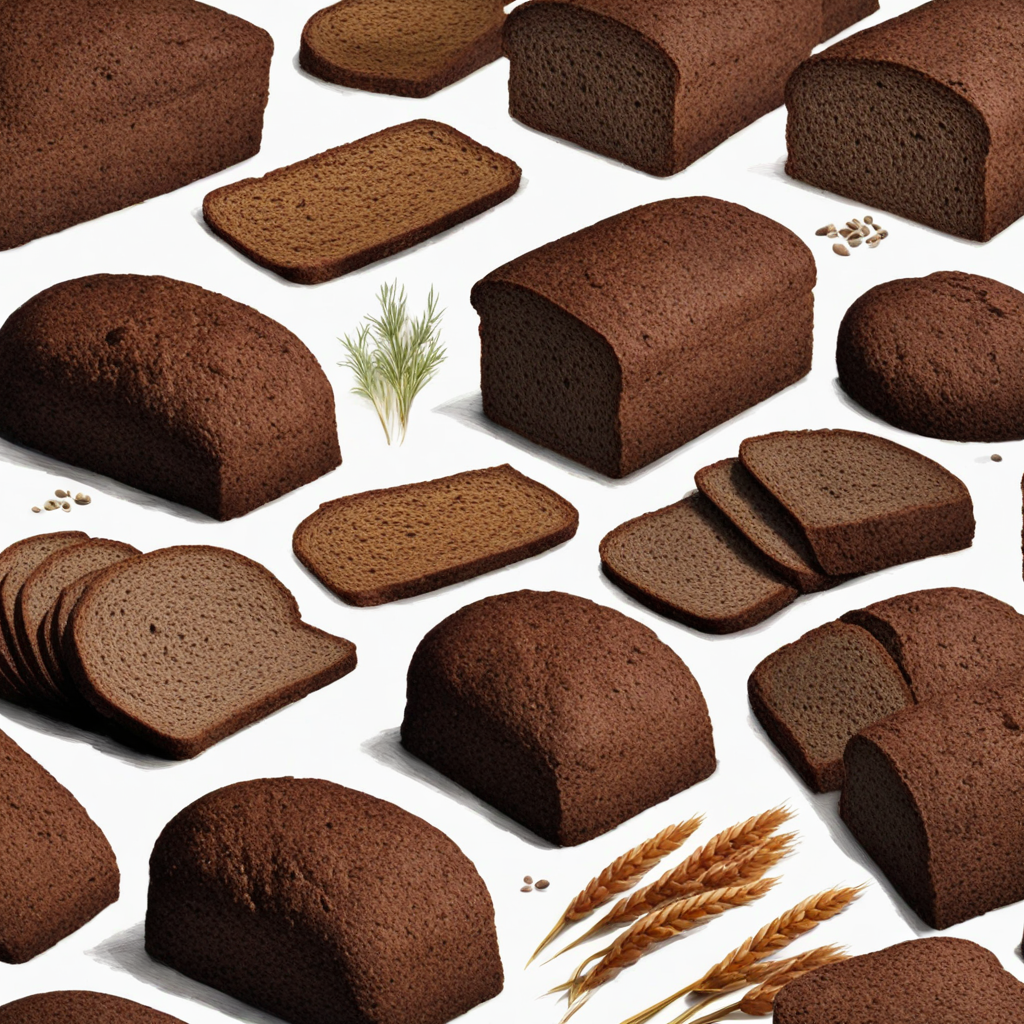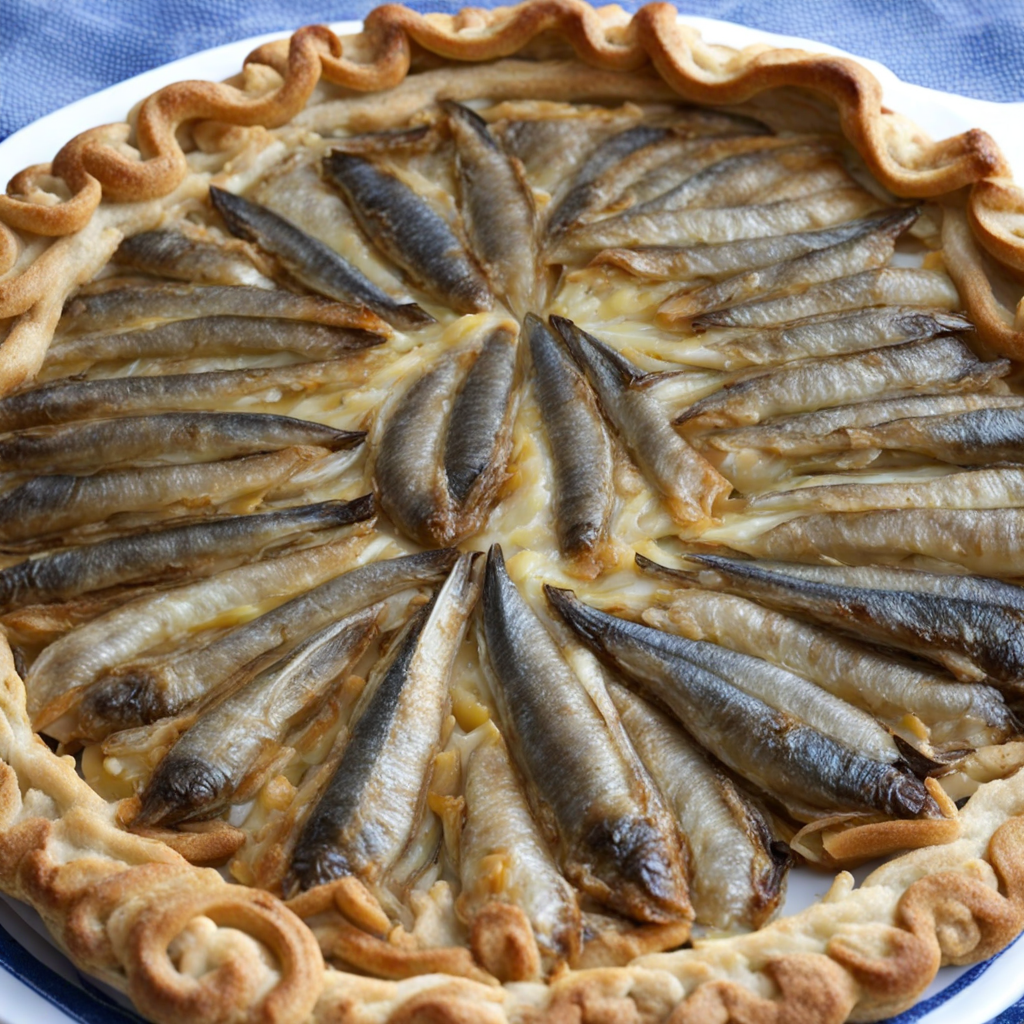Semolina Mousse
Semolina Mousse, a delightful Estonian treat, presents a unique combination of creamy texture and subtle sweetness that is sure to captivate the palate. This dessert is primarily made from semolina, a coarse flour derived from durum wheat, which gives the mousse its distinctive grainy yet smooth consistency. The semolina is cooked with milk and sugar, creating a rich base that forms the heart of the dish. The addition of eggs and vanilla enhances the flavor, infusing the mousse with a sweet aroma that beckons you to take your first bite. Once cooled, the semolina mixture is whipped to incorporate air, resulting in a light and airy mousse that melts in your mouth. Often served chilled, this dessert can be garnished with a variety of toppings such as fresh berries, fruit compotes, or a drizzle of honey, each adding a burst of color and flavor. The contrast between the creamy mousse and the vibrant toppings creates a visual feast that is as pleasing to the eye as it is to the taste buds. In Estonia, Semolina Mousse is more than just a dessert; it is a comforting reminder of home-cooked meals and family gatherings. Its mild sweetness and smooth texture make it a versatile dish that can be enjoyed at any time of the day, whether as a dessert after dinner or a light snack during the afternoon. This beloved Estonian delicacy invites you to explore a new taste, offering a warm embrace through its simplicity and nostalgia.
How It Became This Dish
Mannavaht: The Sweet Legacy of Estonian Cuisine Origin and Definition Mannavaht, a delightful Estonian dish, is often translated as "semolina foam." It is a traditional dessert made primarily from semolina, sugar, milk, and flavored with vanilla or fruit. Its creamy, airy texture and sweet taste make it a beloved treat among Estonians, especially in the warmer months. The dish's origins can be traced back to the peasant food traditions of Estonia, where simple ingredients were elevated through clever preparation techniques. The name "mannavaht" itself is derived from "manna," which refers to semolina flour, and "vaht," meaning foam or froth. This etymology hints at the dish's light and fluffy consistency, achieved by whipping air into the mixture during preparation. Mannavaht is often served chilled, and it can be garnished with various toppings, including berries, fruit compote, or a drizzle of syrup. Cultural Significance Mannavaht holds a special place in Estonian culinary culture, symbolizing the resourcefulness and creativity of traditional Estonian cooking. The dish has roots in the agricultural practices of the region, where grains like wheat and barley were staples. In a country that has historically faced food scarcity due to harsh winters and limited agricultural diversity, making the most out of available ingredients became crucial. Mannavaht is a testament to this adaptability, transforming simple grains into a delightful dessert. Beyond its nutritional value, mannavaht also plays a role in Estonia's social fabric. It is often served at family gatherings, celebrations, and festive occasions, making it a dish that fosters togetherness. The preparation and enjoyment of mannavaht often evoke feelings of nostalgia, linking generations through shared culinary experiences. Development Over Time Historically, Estonia has been influenced by various cultures due to its geographical location and tumultuous history. The blending of local agricultural practices with foreign culinary influences has shaped the development of mannavaht. In the 18th and 19th centuries, when Estonia was part of the Russian Empire, the exchange of culinary ideas between different regions became more pronounced. This period saw the introduction of new ingredients and cooking techniques, which enriched the local cuisine, including the preparation of mannavaht. During this time, the dessert began to evolve, with variations emerging that incorporated seasonal fruits and other flavorings. The influence of German and Scandinavian cuisines is also evident, as these cultures brought their own interpretations of similar semolina-based desserts. For instance, the German "Grießbrei" (semolina pudding) shares similarities with mannavaht, reflecting a broader European tradition of utilizing semolina. In the 20th century, Estonia's tumultuous history—marked by periods of occupation and independence—impacted its culinary landscape. The Soviet era brought about significant changes in food availability and preparation methods. Many traditional recipes, including mannavaht, were adapted to fit the constraints imposed by rationing and limited access to ingredients. Despite these challenges, Estonians maintained their culinary heritage, and mannavaht remained a staple dessert, often prepared for special occasions and family gatherings. After regaining independence in 1991, Estonia experienced a culinary renaissance. Chefs and home cooks alike sought to rediscover and celebrate traditional dishes, including mannavaht. This revival was characterized by a focus on local, seasonal ingredients and a return to traditional cooking methods. As a result, mannavaht began to re-emerge on restaurant menus, often reimagined with contemporary twists. Chefs experimented with flavors, using local berries like bilberries and lingonberries to enhance the dish, while still honoring its traditional roots. Modern Interpretations Today, mannavaht is not only a cherished home-cooked dish but also a popular offering in Estonian restaurants. Modern interpretations often feature innovative presentations and flavor combinations. For example, chefs may serve mannavaht in elegant glassware, layered with fruit purees, or accompanied by homemade sauces to elevate its aesthetic appeal. This reimagining has allowed the dish to maintain its relevance in contemporary Estonian dining while preserving its cultural significance. Moreover, the rise of the farm-to-table movement has further enriched the way mannavaht is prepared and enjoyed. Estonian chefs prioritize locally sourced ingredients, celebrating the country's rich agricultural heritage. Seasonal fruits and wild berries are often incorporated into the dish, showcasing the best of what Estonia has to offer. This emphasis on local produce not only enhances the flavor of mannavaht but also contributes to a greater appreciation for Estonian agriculture and culinary traditions. Conclusion Mannavaht is more than just a dessert; it embodies the resilience and creativity of Estonian culinary culture. From its humble origins in peasant kitchens to its revitalization in contemporary gastronomy, mannavaht has remained a beloved symbol of Estonian heritage. Its evolution over time reflects the interplay between tradition and modernity, demonstrating how food can serve as a bridge connecting generations and cultures. As Estonia continues to embrace its culinary roots while exploring new horizons, mannavaht stands as a sweet reminder of the past—a dish that tells the story of a nation, its people, and their enduring love for food. Whether enjoyed at a family gathering or presented in a fine dining setting, mannavaht invites everyone to savor the richness of Estonian history and the flavors that define it.
You may like
Discover local flavors from Estonia







